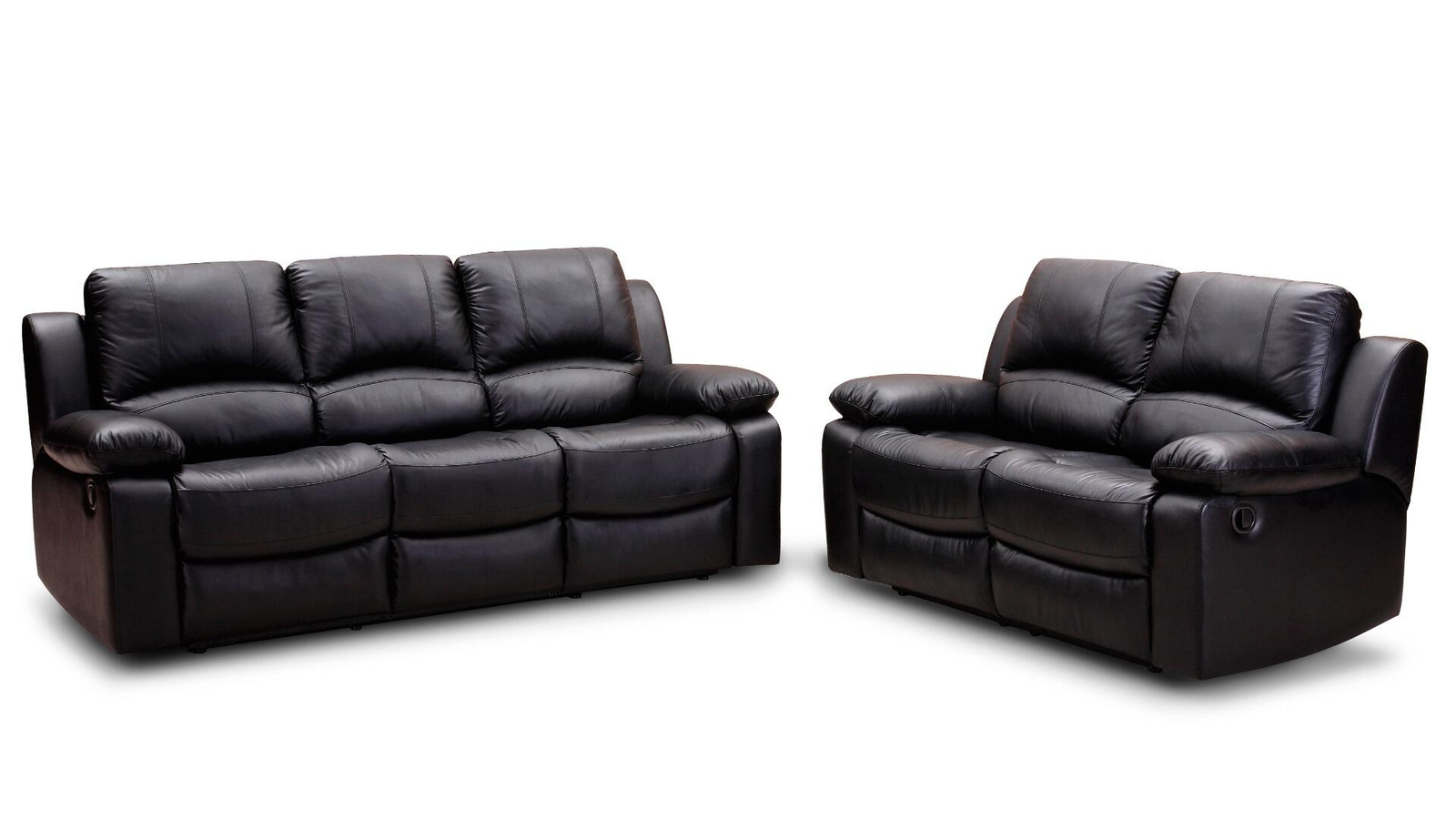
In recent years, smart home technology has moved from a futuristic idea to a practical reality, fundamentally changing how people live in their homes. Smart home installations provide homeowners with advanced levels of convenience, security, and energy efficiency by integrating devices and systems that can be controlled remotely or automated through central hubs. From intelligent lighting systems to voice-controlled assistants and smart thermostats, the world of smart home installations offers numerous benefits, making modern homes more connected, efficient, and comfortable.
What is Smart Home Installation?
Smart home installation refers to the process of equipping a house with interconnected devices and systems that can be remotely monitored, controlled, and automated. These devices are typically linked to a central network or platform, which allows homeowners to manage various aspects of their home, such as lighting, heating, security, and entertainment systems, from their smartphones, tablets, or through voice commands.
Smart homes can range from simple setups, like installing smart speakers and light bulbs, to fully automated homes with integrated security systems, smart appliances, and energy management tools. Installation may involve wiring new devices, setting up wireless networks, and configuring software applications to ensure all devices work together seamlessly.
Key Components of Smart Home Installations
Smart home installations are composed of various devices and systems, each designed to enhance different aspects of home life:
- Smart Lighting: One of the most popular smart home installations, smart lighting allows homeowners to control their lights remotely, dim them, or set schedules for when they should turn on or off. Smart lighting systems can also adjust based on occupancy or ambient light, improving energy efficiency.
- Smart Thermostats: Smart thermostats like Google Nest and Ecobee have revolutionised heating and cooling. These devices learn user preferences, adjust temperature settings based on usage patterns, and can be controlled remotely. They help optimize energy consumption, lowering heating and cooling costs over time.
- Security and Surveillance Systems: Smart home security systems include smart locks, cameras, motion detectors, and doorbell cameras. These systems provide enhanced security by allowing homeowners to monitor their property in real-time, receive alerts, and control access remotely. Smart door locks, for example, can be locked or unlocked from a smartphone, while video doorbells let users see who is at their front door, even when they’re not home.
- Voice Assistants and Automation Hubs: Devices like Amazon Alexa, Google Home, and Apple HomeKit serve as central hubs that integrate all smart devices. Voice commands can be used to control various home functions, such as turning on lights, adjusting the thermostat, or playing music. These hubs also allow for automation, where multiple devices work together. For instance, a morning routine could automatically adjust the thermostat, turn on the lights, and play music when the homeowner wakes up.
- Smart Appliances: Appliances like smart refrigerators, ovens, washing machines, and vacuum cleaners add convenience to daily tasks. These appliances can be monitored and controlled remotely, alerting homeowners when maintenance is needed or allowing them to schedule operations at off-peak times to save energy.
- Home Entertainment Systems: Smart TVs, streaming devices, and sound systems are increasingly becoming part of smart home setups. These systems allow for centralized control over entertainment options, from playing music throughout the house to streaming videos on different screens.
Benefits of Smart Home Installations
The adoption of smart home installations offers numerous benefits, enhancing both the convenience and efficiency of home management:
- Convenience and Control: One of the primary advantages of a smart home installation is the ability to control everything from a single device, usually a smartphone or voice assistant. Homeowners can manage their lighting, security, appliances, and heating systems from anywhere, adding a level of convenience that traditional home setups cannot offer.
- Energy Efficiency: Smart home systems optimize energy use by automating lights, thermostats, and appliances based on user preferences and occupancy. By minimising unnecessary energy consumption, homeowners can reduce their utility bills and lower their carbon footprint.
- Enhanced Security: With smart surveillance systems and locks, homeowners have full control over their home security, even when they are away. Real-time alerts, remote monitoring, and automated locking systems make it easier to safeguard properties from intruders or unauthorized access.
- Customization and Automation: Smart home systems can be customized to fit individual lifestyles. Homeowners can automate daily routines, like adjusting lighting and temperature, based on their schedule or preferences. This automation enhances comfort and makes managing a home more efficient.
- Increased Home Value: As smart homes become more desirable, adding smart home installations can increase the value of a property. Potential buyers are often willing to pay more for homes equipped with cutting-edge technology that promises long-term energy savings and enhanced convenience.
Conclusion
Smart home installations are transforming the way we live, offering greater convenience, energy efficiency, and security. Whether through simple devices like smart plugs and lights or complex integrated systems for home automation, smart home technology allows homeowners to control and optimize every aspect of their home environment. As technology continues to advance, the possibilities for smart homes will only expand, further enhancing modern living and redefining the future of home management.
For more, check out MV Installations.








